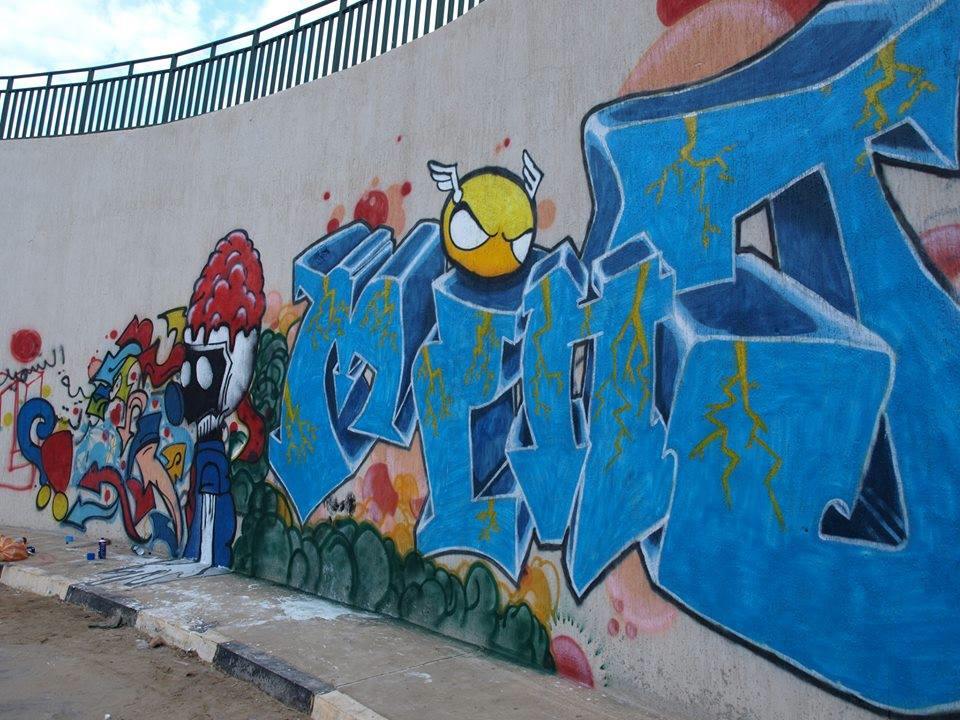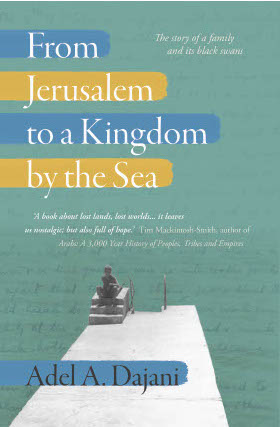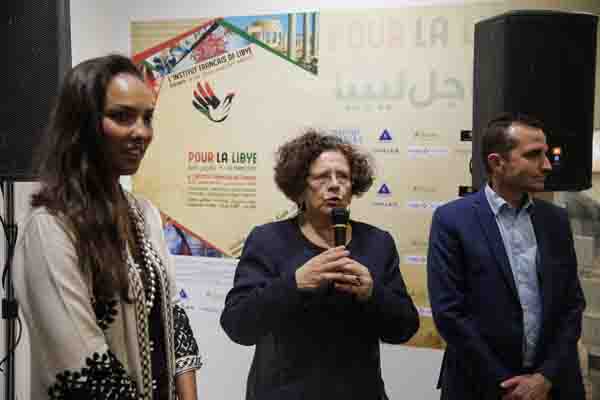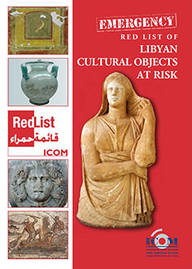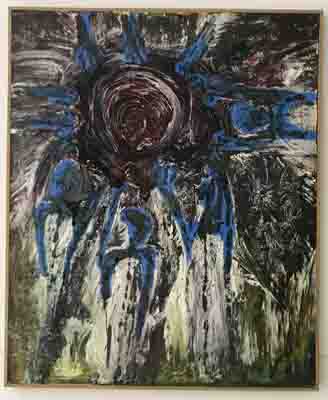By Luke Maginness.
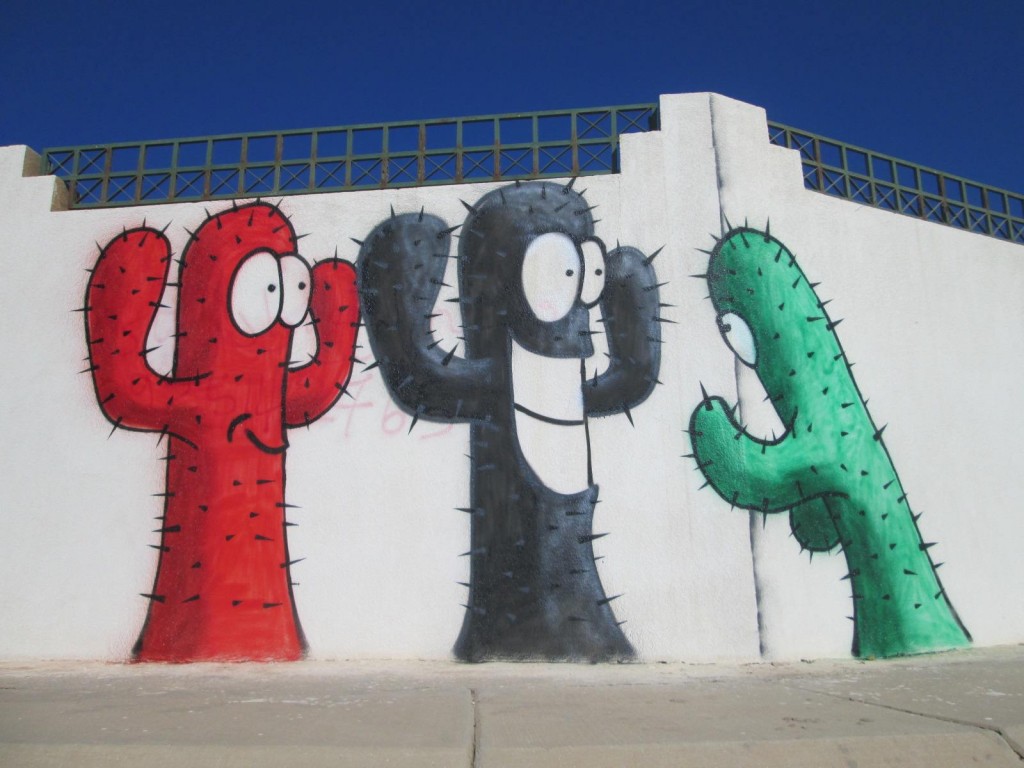
Tripoli, 17 December 2013:
Under the old regime, graffiti were forbidden. Anyone caught daubing slogans on a wall or colourfully . . .[restrict]decorating a street corner with a graffito was often dealt with severely. The 2011 revolution, however, allowed an explosion of graffiti around Tripoli’s cityscape.
Meandering through any part of the city, paintings and illustrations are everywhere. At first you notice one or two drawings and then a whole series of walls come to life. If you take the time to look, the city has been transformed into an oversized canvas, the designs bringing a plethora of colour and imagination to the capital’s streets.
Faded brickwork, freshly-whitewashed walls and crumbling buildings have become an art gallery sanctioned by creativity.
Much of this new-found freedom of expression has manifested itself in political artworks, an expression of the masses. Much revolution-era graffiti remains, such as Qaddafi pictured in a dustbin or as a rat, or Saif with his head in a noose.
However, graffiti can quickly become tired and clichéd. As an art form, it is of the moment. It can become dated after a very short period of time – the very antithesis of any artistic movement, especially one which previously embodied the spirit of a revolution.
One artist who has managed to keep reinventing himself in and around Tripoli goes by the moniker Danger de Coop. Danger has created a series of lighthearted, cartoon cacti in various guises on walls and underpasses around the capital. The cacti are brought to life with expressive faces and stances.

Danger usually works in the quiet of the early morning, before dawn prayers, to make the most of Tripoli’s empty streets. He has received a mixed response to his work, sometimes encountering opposition and, on one occasion, was even warned off by an armed man.
“I do worry about the dangerous aspects of creating public art works, but I also believe in destiny,” Danger says. “This is my destiny.”
On one occasion, a group of youths approached Danger and aggressively questioned what he was painting. After a watching him at work for a while, their tone changed and they asked him if he would be interested in doing an emblem for their street-dancing crew, ‘the Fish Street Gang.’
He also gets requests for paid commissions, such as one for the side of a youth club. He’s not at the point of accepting such work, however, preferring to dedicate himself to street art.
Danger describes the graffiti scene in Tripoli with a mixture of excitement and disappointment. He notes, in particular, what he sees as the lack of direction and stagnation in relation to the political works.
Yet, he revels in some of the more unique works, including an image of footballer Mario Balotelli, without a shirt, holding a sign saying ‘Law of the Jungle.’ He says this particular piece draws attention to the lack of law and order in Libya juxtaposed with the temperamental footballer Balotelli.
The Libyan authorities seem to be aware of the power of graffiti and move swiftly to paint over dissenting marks. Although there are many examples of fading post-Revolution graffiti across Tripoli, political graffiti criticising the government or the General National Congress (GNC) does not last long. Nor do Danger’s cacti. He says that, since July, 70 percent of his works have been painted over.
Danger describes the once-flourishing graffiti scene in Tripoli as now floundering but believes there is hope. “With the growing tensions and sensitivities, artists face opposition from old school members of the community,” he says. “I feel like there is a void that needs to be filled both inside me and in society.”
Many people are enthusiastic about the potential for there to be a burgeoning art scene in Libya and artists are prepared to step up and take a chance. They are ready to go against what is normally expected from Libyan youth and paint controversial images projecting their true thoughts and expressing dissension.
Danger de Coop’s name has become synonymous with controversy. He is championed as a maverick who refuses to pander to any general consensus. He says he is disgusted by the excesses and lack of imagination prevalent in the elite classes of Tripoli.
“I hope that people will embrace this new passage in their life as a catalyst for creativity whether it be the arts or jet ski surfing.”
The future of Libya’s art scene could be as bright as some of its best graffiti. There are many positives and, over time, hopefully the scene will evolve and cast off the shackles of its difficult and restricted past. After all, a civilisation is measured by its art.
